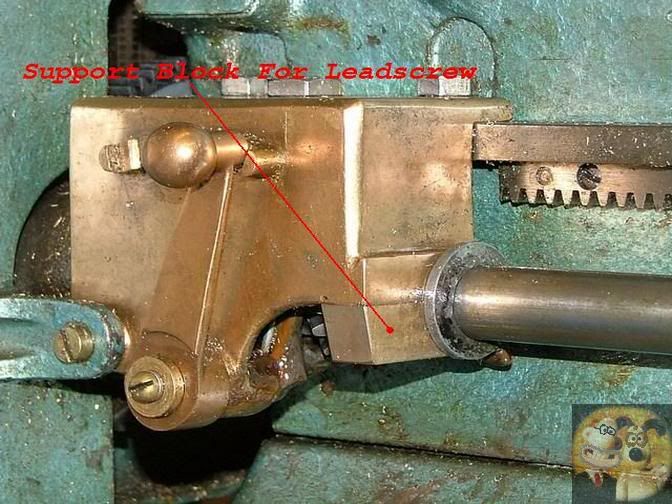dnalot
Project of the Month Winner !!!
I am between projects so I have been cleaning and servicing my machines and making some machine upgrades. This week I turned my attention to my (little lathe) a 10Atlas built in 1948. Over the past few days I have been working to repower it with a salvaged treadmill motor and (scr) control board. The original motor was a ½ HP 1750 RPM AC motor. The machine had 16 speeds depending on how you arranged the belts & back gear, from 28 RPM to a little over 1400 RPM. The new motor is 2.25 HP 4600 RPM DC-130V. With the new treadmill setup I now have variable speed from 100 RPM to 1400 RPM in straight gear and can reduce that by a factor of 3 when using the back gear. The machine makes far less noise and is much smoother running. I salvaged the motor & control board for nothing and paid $35 for an e-stop switch, potentiometer and a tachometer. To protect the lathe from damage I used a shear pin to mount the pulley to the drive motor. The chuck is a thread on type so I did not provide for a reverse but it would be very simple to add that feature. This was a simple upgrade and very worthwhile.
Mark T



Mark T






































































